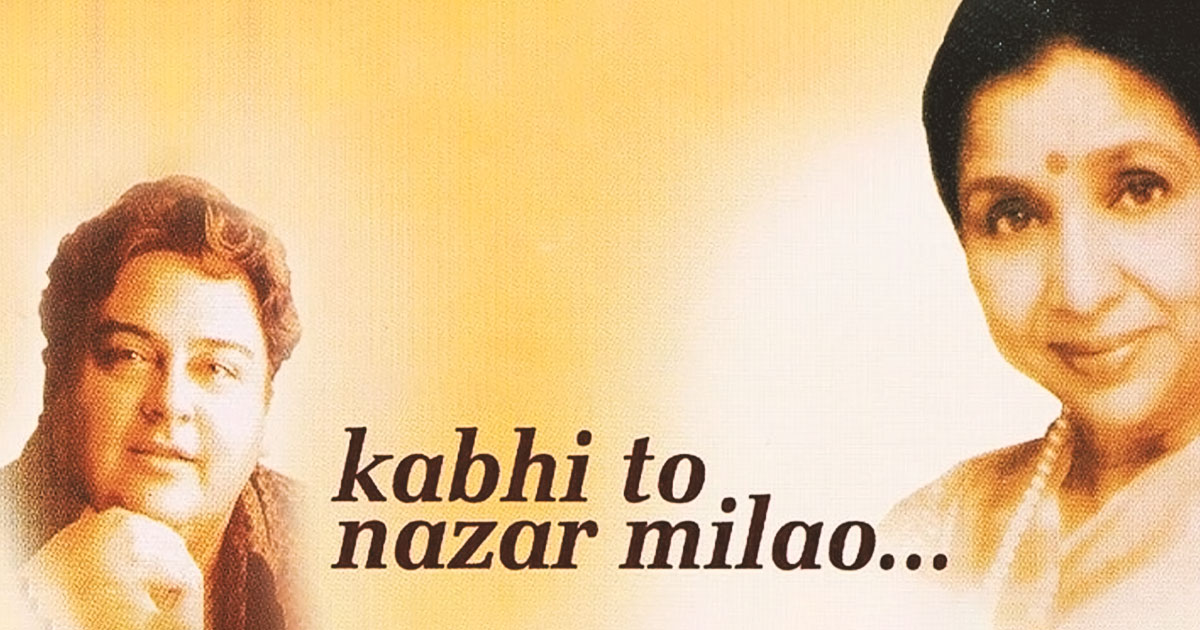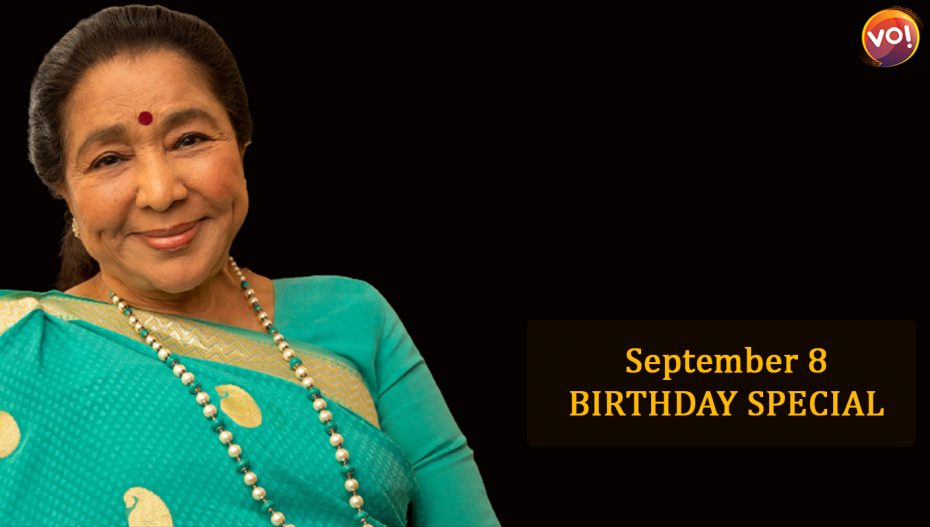1943… It was an uncomfortably hot day in Kolhapur. The 10-year-old young girl who was skipping down the road looked happily playful on camera, but actually, she couldn’t wait for the director to call “Cut.”
Her father, Pandit Deenanath Mangeshkar, had passed away the previous year, and she had accepted the Marathi film, Majha Bal. The song “Chala Chala Nav Bala”, composed by Datta Davjekar, which she had sung herself, was being picturized on her that day. And it was an ordeal.

The sun beat down on the tin sheets which were used as reflectors back then. The harsh light hurt her eyes and she swore she would never act again. It would be a while before she could be cajoled into facing the camera again, but the song became very popular. Five years later, the young girl, now 15, was singing her first Hindi song, “Saawan Aaya” for the film Chunariya.
Over the next eight decades, Asha Bhosle went on to sing over 12,000 songs and is officially acknowledged by the Guinness Book of World Records as the most recorded artist in music history. Today, as she turns 88, her “Aaja aaja main hoon pyaar tera” still resonates, and it seems impossible to believe that she almost didn’t sing the Teesri Manzil chart-topper.
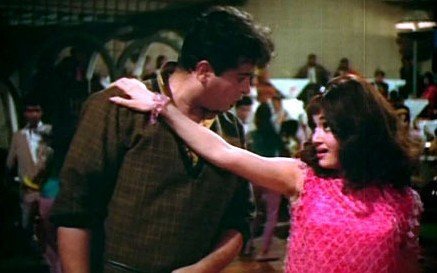
When RD Burman composed the tune, he was convinced only Ashaji would be able to pull off this sizzling duet with Mohd. Rafi. But the almost orgasmic refrain in the climax, “Aa Aaja Aaa Aaaaajaaa”, made her sit up and she asked Panchamda, as he was fondly known, for a day to prep, knowing the song would require considerable breath control and precision of expression.
And so, while Panchamda, waited on tenterhooks, wondering if Ashaji would agree to take his trendsetting track forward on the unusual beat that he had composed it, she rehearsed frenziedly at home, wondering if she would be able to measure up to the challenge he had thrown her. Finally, with sister Lata’s words that the Mangeshkars never accepted defeat ringing in her ears, she marched into the studio to record the song that still makes us go “Aaaaaaa Asha!” as Shammi Kapoor and Asha Parekh swing to its beats on screen.
Ashaji was equally unsure about “Dil Cheez Kya Hai Aap Meri Jaan Lijiye” when Khayyam approached her. This was the first song for Muzaffar Ali’s musical period romance, Umrao Jaan. The reason was that the composer wanted her to sing it at a much lower pitch than she was accustomed to.
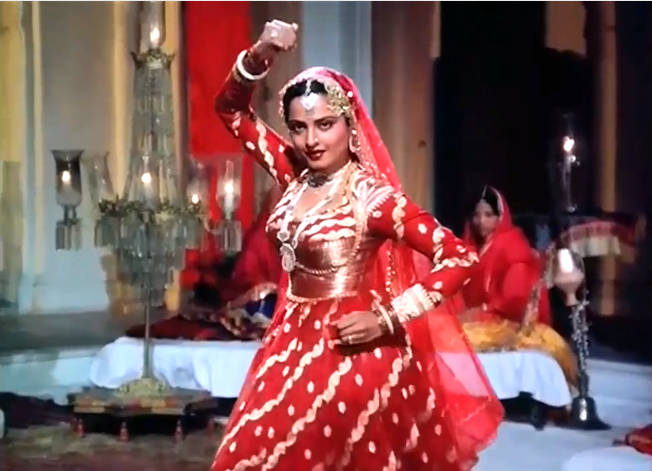
Khayyam sahab didn’t want any comparisons with Ghulam Mohammad or Naushad’s Pakeeezah, which is why he had opted for Ashaji over Lataji whose “Chalte Chalte”, “Inhi Logon Ne Le Liya Dupatta Mera”, “Thade Rahiyo”, “Mausam Hai Aashiqana” and her duet with Rafi sahab “Chalo Dildar Chalo” are unforgettable. His experiment did not end there. He wanted a different voice texture, a lower pitch and alaaps before the mukhdas from Ashaji. She told him frankly that she was uncomfortable with what he wanted from her.
Khayyam sahab shared with me years later that he finally got Ashaji to agree to sing the song his way, or rather the way he believed Umrao Jaan, the famous courtesan, would sing, on the assurance that she would get another shot at it. And the next time he promised to rewrite the notations, rearrange the music and set it on her usual scale.
After the recording, Khayyam sahab suggested they listen to this version first before going for her take. As the six-minute song played, the recording studio turned silent, and when it ended, you could have heard a pin drop. Ashaji’s was standing still, her eyes closed. For long moments she did not react, then, Khayyam sahab recalled, her eyes slowly opened and she admitted that she had never heard herself sing like this before.
They mutually agreed to retain that take and did not go for another. And Ashaji went on to sing several other songs for the film, including “Inn Aankhon Masti Ke Mastane Hazaroon Hain”, “Jab Bhi Milti Hai”, “Justuju Jiss Ki Thi” and “Yeh Kya Jagah Hai Doston”. The film bagged five National Awards, including Best Female Playback Singer for Ashaji.
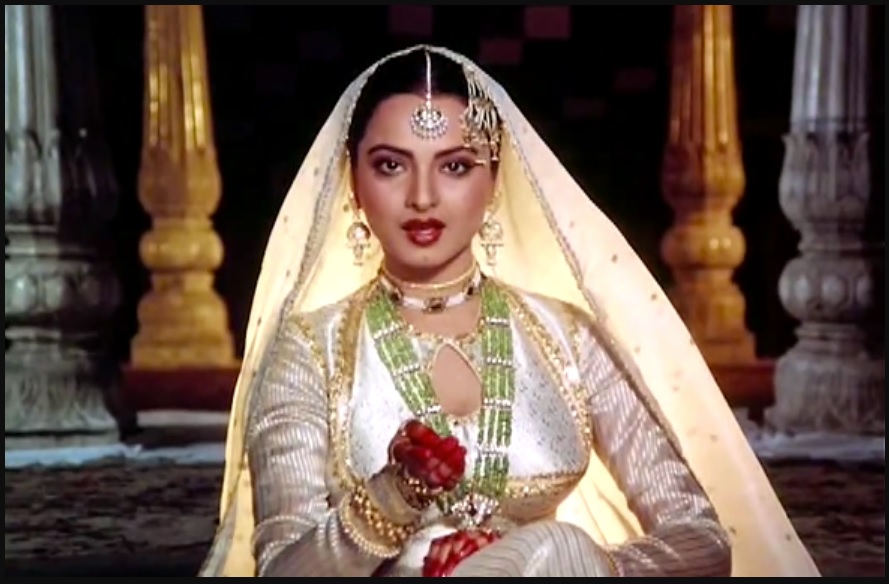
These are just two songs in a repertoire studded with gems, from the playful “Haal Kaisa Hai Janab Ka” (Chalti Ka Naam Gaadi) to the seductive “Aaiye Meherbaan” (Howrah Bridge), from the pathos of “Ab Ke Baras Bhejo”(Bandini) to the trippy “Dum Maro Dum” (Hare Rama Hare Krishna), from the oh-so-romantic “Do Lafzon Ki Hai Dil Ki Kahani” (The Great Gambler) and the classical “Piya Bawri” (Khubsoorat) to the Rahman-ish “Tanha Tanha” (Rangeela). I could go on and on about her film songs, but there are too many to rave about. So, instead, I will end this piece with “Kabhi To Nazar Milao.”
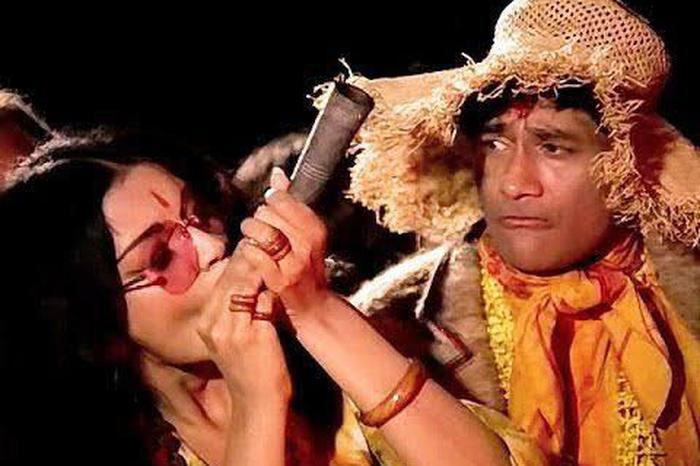
Twenty-one years have passed since this Adnam Sami album was released and topped the indie-pop charts for 72 weeks, selling 4 million copies in India alone. Ashaji had met Adnan as a talented 12-year-old boy and encouraged him to pursue music. Seventeen years later, when he was 29 and she was 67, she collaborated on the album’s title track with him. Her voice was that of a 17-year-old’s and the song made even the most cynical of us believe that love-at-first-sight can end up forging a lasting relationship. And therein lies the magic of the evergreen Asha Bhosle.
